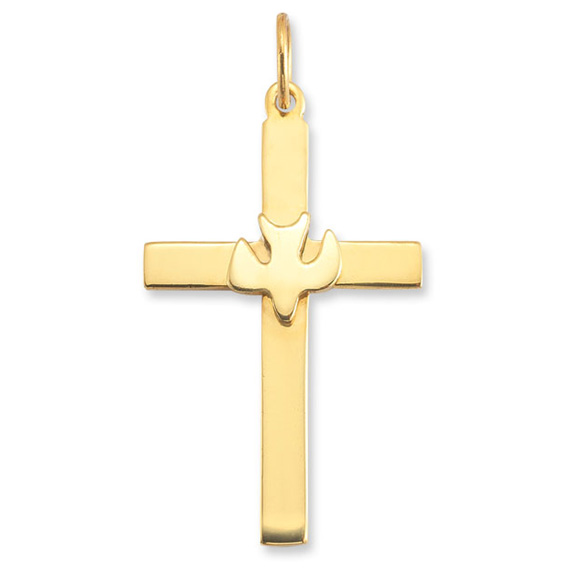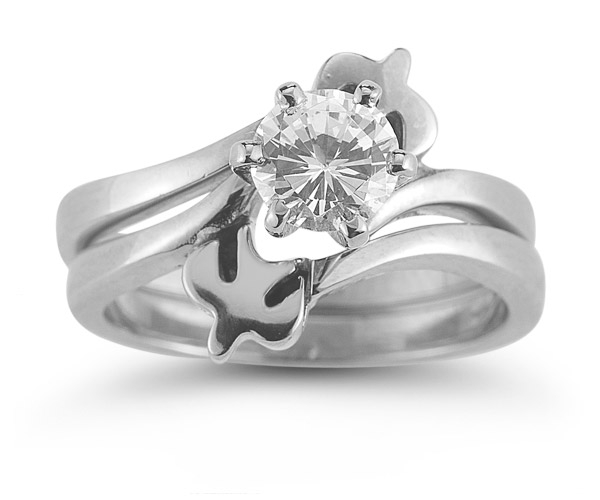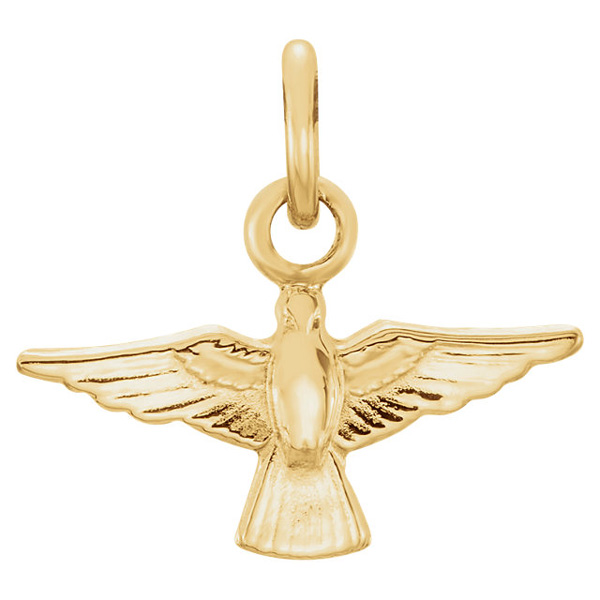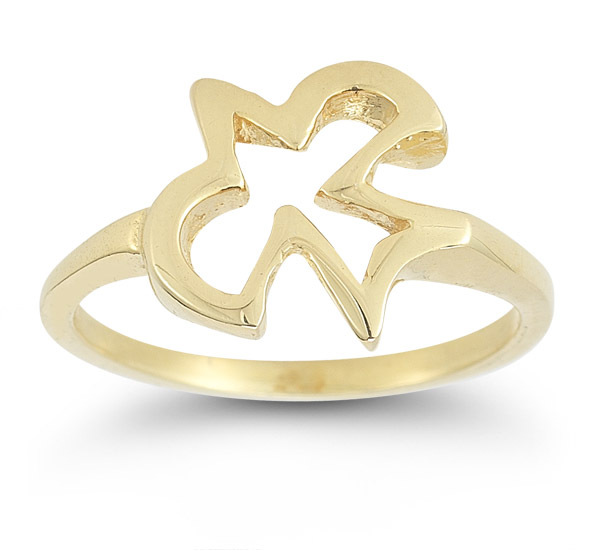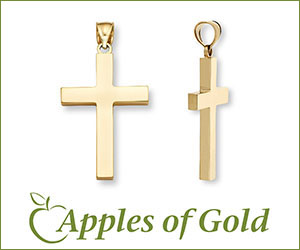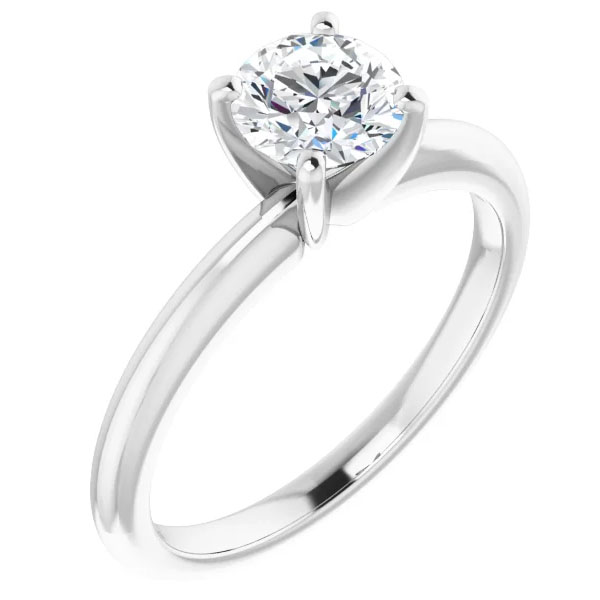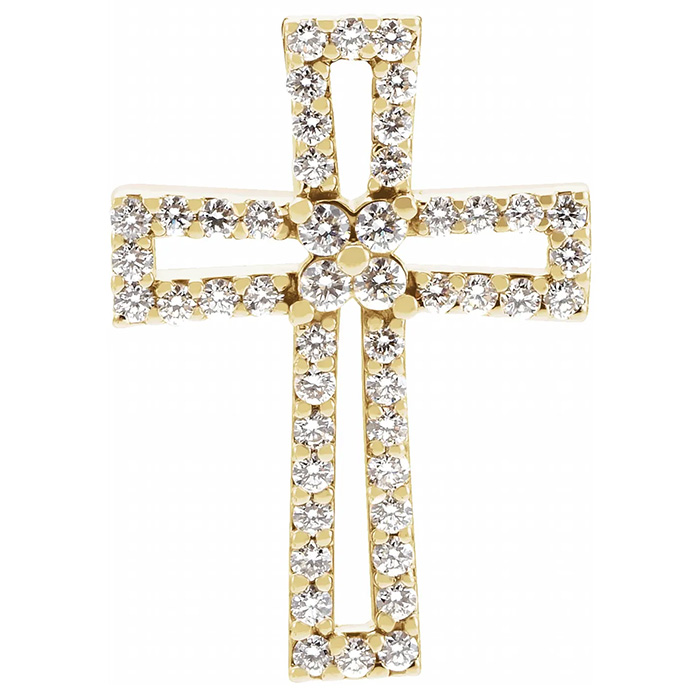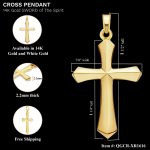Holy Spirit Dove
“And Jesus, when he was baptized, went up straightway out of the water: and, lo, the heavens were opened unto him, and he saw the Spirit of God descending like a dove, and lighting upon him: And lo a voice from heaven, saying, This is my beloved Son, in whom I am well pleased” (Matthew 3:16-17).
The moment when the Holy Spirit descends upon Jesus as a dove is one of the few events recorded in all four gospels (the others being the feeding of the 5,000 and Jesus’ arrest, crucifixion and resurrection). Interestingly, John did not even describe Jesus’ baptism, but he did include this account of John the Baptist testifying, “I saw the Spirit descending from heaven like a dove, and it abode upon him” (John 1:32).
However, this incident is also one of the most enigmatic. Why a dove (or more accurately, why “like a dove”)? What was the significance of a dove, if any?
As it happens, the dove featured prominently throughout Scripture, and almost every mention of it can be tied directly to something about Jesus Christ.
The Holy Spirit Dove
The first mention of a dove in Scripture is in connection with the Flood of Noah. After the rain stopped, Noah sent a raven out of the ark, which apparently never returned (presumably being a scavenger, it found innumerable dead bodies to feed on) along with a dove, which did return after finding no place that was not covered with water and returned. After another week, Noah sent out the dove again, which this time returned with an olive leaf. After this, he waited another week and sent the dove out again, which this time did not return (Genesis 8:7-12).
So what is the connection to the life of Christ? Quite simply, in this passage, the dove served as a messenger that God had brought His judgment on mankind for his sin to an end. The symbolism in the life of Christ is impossible to miss; by His coming, His death and resurrection, He too brought to every person an opportunity to be spared from the judgment of God for sin (Romans 3:25). The dove, in bringing the olive branch, was declaring that peace was now established between God and man, the exact message God sent in the coming of Christ (Luke 2:14). What’s more, by what He did on the cross, Jesus established peace between God and man (Romans 5:1). Finally, Jesus, like the dove, served as God’s messenger of peace (John 14:27).
Doves were also significant in that they served as innocent sacrifices in the Israelite sacrificial system for those who were too poor to bring livestock (Leviticus 1:14; 5:7-11; 14:22-30; 15:14). This included an offering for the purification of a woman after giving birth, which is why Mary and Joseph could be found bringing (most likely) doves to offer at the temple following the birth of Jesus (Luke 2:24; cf. Leviticus 12:24). In all of these cases, the dove was an innocent sacrifice offered to atone for sin, or in the case of giving birth, the unpleasant fact that every birth (except for that of Jesus) represented another sinner being brought into the world with the stain of sin already attached to him or her (Psalm 51:5).
Again, the parallels to the life of Christ are obvious, as He was the sacrifice (Hebrews 10:12) who made purification for sins (1:3) and was able to do so because He was “holy, harmless, undefiled, separate from sinners” (7:26).
The Dove as a Symbol of Purity
This brings up another point about the dove in Scripture, as it is a symbol of purity and of being undefiled, as the man in the Song of Solomon repeatedly refers to his beloved as a dove, including one time when he called her “my dove, my undefiled” (5:2; cf. 2:14, 6:9). Again, Jesus was undefiled and as such was able to be the sinless sacrifice for our sins.
The dove is also a symbol of rest, as David famously said, “Oh that I had wings like a dove! for then I would fly away and be at rest” (Psalm 55:6). Jesus is also described as being rest for believers (Hebrews 4:1-11). He even invited people to “Come unto me, all ye that labor and are heavy laden, and I will give you rest” (Matthew 11:28).
There is one more thing to notice about the Holy Spirit descending like a dove upon Jesus. Why was He being baptized? Everyone else who stood in John’s line to be baptized was “confessing their sins” (Matthew 3:6), responding to John’s message to be baptized “with water unto repentance” (v. 11). Wait a minute! Jesus didn’t have any sins to confess or repent of; what was He doing there? Quite simply, He was standing in our line, identifying with sinners, being “numbered with the transgressors” (Isaiah 53:12).
It was fitting that this would effectively be the start of His ministry, one where He identified with sinners all the way to the end when He took their sins and suffered the punishment for them on the cross for us. It all began with His standing in our line. We can be thankful that He did, because none of us ever could stand in His line. The Holy Spirit, in descending as a dove, symbolizing, as we have seen peace, sacrifice, innocence, and rest, in a sense, underscored that fact. No one else who was baptized received this sign upon them, because Jesus was different; He was the holy and undefiled Son of God, yet He could still be found standing in line with crowds of unholy and very much defiled sinners waiting to be baptized and confessing their sins. It was an amazing moment.
So when we contemplate the coming of the Holy Spirit as a dove upon Jesus, or when we decide to commemorate it by Holy Spirit Dove Jewelry, we can remember everything that this event symbolized: that Jesus was God’s messenger of peace, proclaiming an end to God’s judgment for sin and reconciliation between God and man (II Corinthians 5:18-20) by offering Himself as an innocent sacrifice and bringing rest to all those burdened by their sin. It all started that day on the banks of the Jordan, when Jesus stood in a line of wretched sinners, identifying Himself with them so He could sacrifice Himself for them. It’s certainly something well worth remembering.
Category: Christian Jewelry, Jewelry in the Bible


